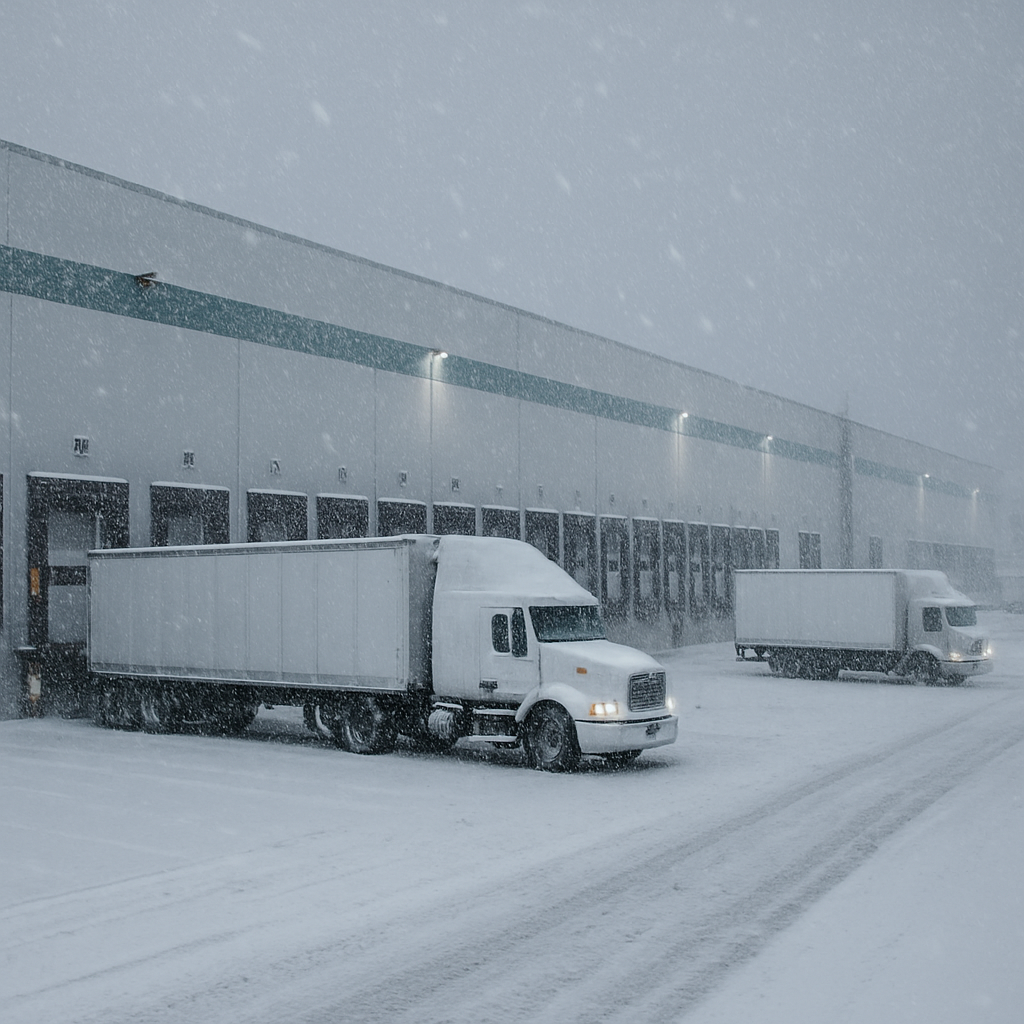
From December through February, warehouse operations face a different kind of surge: not just in freight, but in risk.
Cold weather, flu season, school closures, and weather-related disruptions all collide with ongoing demand. Even if volume moderates after the holidays, labor reliability becomes harder to maintain — and when people aren’t reliably on the floor, cost-per-case and service levels suffer.
This playbook shows how to protect your workforce, schedule, and throughput during the toughest three months of the year.
Labor reliability drops in winter for predictable reasons:
If you don’t plan for this, you’ll treat every shift like a surprise.
If you do plan for it, winter becomes a controlled season, not a chaotic one.
You can’t stop call-outs, but you can design for them.
Do this now:
Instead of asking, “Who didn’t show up?”
Start by asking, “How do we deploy who did show up to protect today’s priorities?”
Winter punishes razor-thin staffing models.
A resilient labor model includes:
Managed labor programs (like FHI’s model) create shock absorbers: you’re no longer fully exposed when flu season hits or a storm delays half your 1st shift.
Winter mornings are slow for a reason:
To counter that:
The first 45 minutes of the shift often determine the entire day’s productivity.
Winter introduces unique safety risks:
Upgrade your safety plan:
Incidents in winter don’t just hurt people — they also cripple labor availability on already tight rosters.
When call-outs spike, leaders often respond with “everyone stays late.”
Better winter strategy:
Winter is when overtime becomes extremely expensive — not only in dollars, but in people.
The winter slump is real. Morale dips, energy falls, and small frustrations feel bigger.
Simple things go a long way:
Engagement isn’t about big programs. It’s about sending one clear message:
“We see you. We’re in this with you.”
While January and February may not match Q4’s chaos, they are gold for learning.
Use this window to:
If you treat winter as a lab — not just a slog — you’ll go into the next peak season smarter and sharper.
Managed labor isn’t just for peak — it’s a stabilizer for winter:
Instead of winter being three months of “we’re just trying to get through,”
it becomes a planned, controlled season where FHI-style managed labor keeps the engine turning.
Winter doesn’t have to be a gamble.
When you:
…you transform December–February from a threat into an asset.
Reliability isn’t about perfect attendance.
It’s about designing a system that works even when conditions don’t.
Q1: What’s the biggest labor risk in winter operations?
Unexpected absences from illness and weather — and not having a plan to redeploy available labor quickly.
Q2: How can we reduce winter absenteeism?
Communicate schedules early, offer shift swaps where possible, and keep associates engaged and supported so they feel connected to the operation.
Q3: How does managed labor help during winter?
Managed labor provides a dependable layer of trained associates and onsite leadership, giving you flexibility when internal attendance fluctuates.
Q4: What KPIs should we watch most closely December–February?
Start-of-shift fill rate, cost-per-case, safety incidents (especially slips/falls), and overtime as a percentage of total hours.
Q5: Is winter a good time to cross-train?
Yes — as volume normalizes post-holiday, winter becomes one of the best times to expand associate capability and strengthen your labor “bench.”
👇📅 We're here to help. There's no pitch - just a conversation. 📅👇
In any market, your supply chain can make or break your ability to compete well. Don't leave that to chance. We can help you create a stronger operation, so you never fall behind the competition.
Stop worrying about labor challenges and start enjoying a safe, lean, and rock-solid supply chain.
(800) 849-3132 | © FHI. All rights reserved.